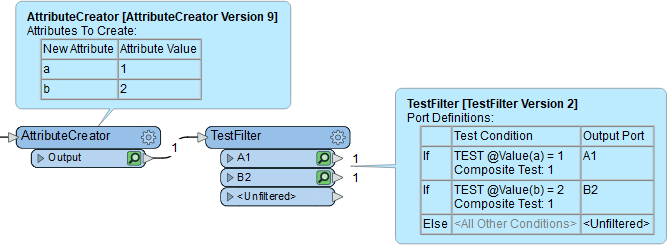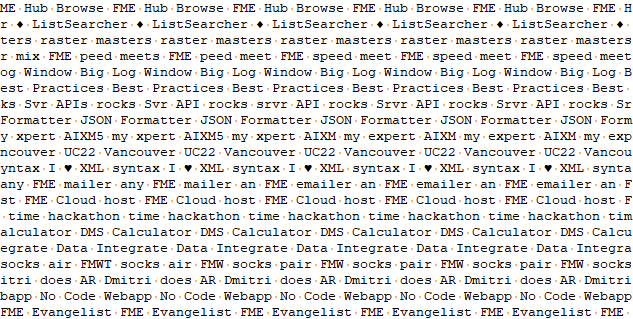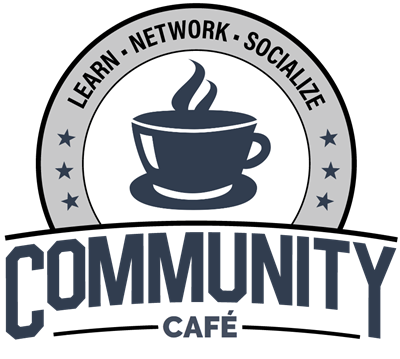Hello FME'ers
It's Wednesday - and a rather quiet week is livened up greatly by today's release of FME2022.1
2022.1 Release
FME 2022.1 is now available for download on our website. So, what's new?
Databases and Upserts
The big item on the marketing team's list is UPSERT support in all of the core database formats. I count many formats listed in the changelog file. Here are a few of the most important:
[Update] Snowflake Writer: Add UPSERT support (bulk mode only)
[Update] MS SQL Server / Azure JDBC Writer: Add Upsert support
[Update] MySQL/MySQLDB: Add UPSERT support
[Update] Azure: Add UPSERT support
[Update] FileGDB Writer: Add UPSERT Feature Operation support
[Update] Oracle: Add UPSERT support
[Update] MSSQL: Add UPSERT supportFor example, here's the MSSQL writer in 2022 vs 2022.1:

If you're interested in Upsert, then take a look at the ChangeDetector too. It has a new parameter for Mode, which can now be set to Upsert.

Also... I don't use databases that much, so I didn't realize the AttributeManager had options for setting values for fme_db_operation. Now I do know, and I know that it got UPSERT added for .1:

TestFilter Updates
Whereas the marketing folk concentrate on the big picture, you and I like to delve deep into the detailed changes. The TestFilter is particularly interesting.
Firstly, it got some more performance boosts (remember, it got a number of improvements for 2022.0, so it really must be FAST now)!
But, you might find this new parameter interesting:

Normally, a feature enters the transformer and exits the first port that it matches. But in "All Passing Ports" mode, it is output from EVERY port that it matches, like so:

You can see that attribute a=1, so the feature exits the first port. But it continues and also exits the second port, because b=2.
You can think of this as a "TestCloner" parameter, i.e. it makes the TestFilter clone features according to a test.
Sprints
When our developers work on a series of issues for one piece of functionality, it's called a sprint.
One sprint for 2022.1 was for the Clipper transformer. Like Upserts, these are a continuation of the great work carried out in 2022.0. If you check the changelog (What's New file) for .1 you'll see quite a few mentions of Clipper fixes (28 by my count) including performance improvements.
Another sprint was for Excel format, fixing various issues, and another for the AR writer. So check out the change log file if those are of interest to you.
DatabaseJoiner. Bulk Mode.
Two final things to mention. Firstly, it was pointed out to us that in 2022.0 the DatabaseJoiner has limited support for Esri formats (only 2 formats). Now in 2022.1, we have 6. They're greyed-out for me because I don't have the required ArcGIS installed, but they are there!
Secondly, a scan of the changelog shows a number of Bulk Mode changes. Basically, this equates to performance improvements. Bulk Mode = Faster!
One such item:
------------------------------
FME 2019.0 b19091 20180815
------------------------------
[Add] Readers: GDAL Reader and FeatureReader Bulk ModeI'm not sure why it's labelled as 2019. My best guess is that it counts as part of the push for Bulk Mode, which was added in 2019, but the FeatureReader only got support now.
So that's a short review of 2022.1. But be sure to check it out for yourself.
Changelog Explained
While I was writing the above, I wondered about the terminology used in the changelog file. For reference, the Changelog file is also known as What's New. It can be found online here.
I noticed there are three types of message there: Fix, Update, Add; for example:
------------------------------
FME 2022.1 b22526 20220217
------------------------------
[Add] Linux: Dropped Ubuntu 18.04 support
[Fix] Intersector: Paths that clearly cross are not split
------------------------------
FME 2022.1 b22523 20220214
------------------------------
[Update] CoordinateRounder: Added support for point clouds...so I thought I'd explain what they mean.
[Add] doesn't always mean "something added". As the above example shows, it can also mean something removed. It's also more specific than that. It's something that is part of a larger project. For example, in 2022.0 there was:
[Add] SolidDissolver: Add transformer for 3D dissolve of solidsSo, we had a large project that was all about improving 3D handling, and one of the results was a new transformer; the SolidDissolver.
[Update] doesn't necessarily mean an update either! It can be an enhancement to an existing feature, or it can be a new feature altogether.
What makes an [Update] different is that it's a one-off improvement, not necessarily part of a larger project.
[Fix]... well, that does mean exactly what you'd think. There was a bug. This is the fix for it.
I hope this is of interest, because I was wondering about the difference and thought you might like to know too.
Scavenger Hunt
The FME Scavenger Hunt is still going strong, with lots of tasks to do and lots of submissions from you all.
This week we released two of my favourite tasks.
The first one is to take a photo of yourself looking confused. But it's not enough to just do that. You must publish it to my FME Server app to assess how confused you are:

I am only 70% confused. The goal is 75%. Can you achieve that?
The other puzzle is this one:

There is a hidden message in there that you have to find. So far no one in our support team has managed to see it! Can you? If so, go sign up for the scavenger hunt and enter the solution there.
As always, it's still not too late to play, and I have a few private teams still available if you want to get a small group together.
German Resources
Over in Germany, I see con terra has another Python training lined up online for August. This one is in German. I like your presentation studio, GeoBroetchen:

Also, there is a new FME zum Kaffee video, this one about raster transparency and the RasterBandAdder transformer.
Thanks to the miracle of auto-translation, I can watch this one with English subtitles, although I have to remember that YouTube might not be able to tell raster from pasta!

Coffee and Tea
So, FME zum Kaffee in English means (fairly obviously) FME for Coffee. I suppose "FME video to watch while drinking coffee" is more accurate, but a bit longer.
Anyway, there are lots of users from around the world coming to the FME User Conference in August, and I hope you'll stop by and say hello to me at "the Community Cafe".
 Given the name, I wanted to make you feel welcome by highlighting some of the coffee and tea rituals you have in your culture.
Given the name, I wanted to make you feel welcome by highlighting some of the coffee and tea rituals you have in your culture.
So let me know what I should include? Do the British really drink afternoon tea? Do Canadians really queue in the drive-through for their "Double-Double"? Is Swedish "fika" really a thing? Comment on the post to tell me about your culture's habits.
I can't guarantee we'll be serving scones, biscotti, croissants, or kanelbullar - but it'll be fun to share customs I think.






